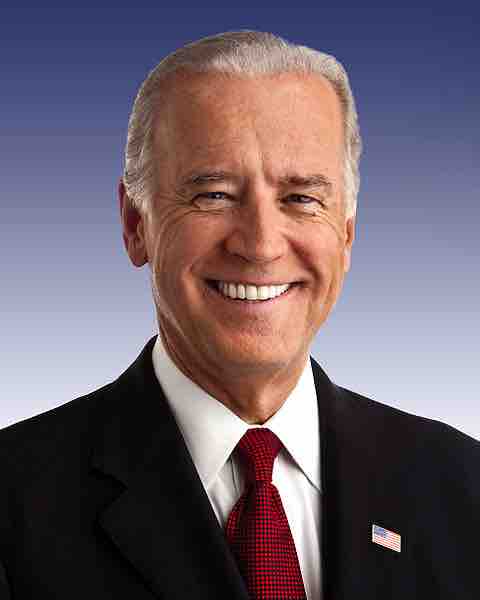Introduction
The executive power in the federal government is vested in the President of the United States, although power is often delegated to the Cabinet members and other officials. The head of the Executive Branch is the President of the United States. The President and the Vice President are elected every four years; they are elected as running mates by the Electoral College. Each state, as well as the District of Columbia, is allocated a number of seats in the Electoral College based on its representation in both houses of Congress. The President is limited to a maximum of two four-year terms. If the President has already served two years or more of a term to which some other person was elected, he may only serve one more additional four-year term.
President of the United States
The executive branch consists of the president and those to whom the President's powers are delegated. The President is both the head of state and government, as well as the military commander-in-chief and chief diplomat. The President, according to the Constitution, must "take care that the laws be faithfully executed", and "preserve, protect and defend the Constitution. " The President presides over the executive branch of the federal government, an organization numbering about 5 million people, including 1 million active-duty military personnel and 600,000 postal service employees.
The people indirectly elect the President to a four-year term through the Electoral College; the president is one of only two nationally elected federal officers. The Twenty-second Amendment, adopted in 1951, prohibits anyone from being elected to the presidency for a third full term. It also prohibits anyone who has previously served as President for more than two years of another person's presidential term, or who has acted as President, from being elected to the presidency more than once . In all, 43 individuals have served 55 four-year terms. On January 20, 2009, Barack Obama became our 44th President and current President .
President Barack Obama
Official photographic portrait of US President Barack Obama (born 4 August 1961; assumed office 20 January 2009). Barack Obama's presidential campaigns were successful partly as a result of youth participation.
Eligibility Criteria
In the United States, a person must be at least 35 to be President or Vice President, 30 to be a Senator, or 25 to be a Representative, as specified in the U.S. Constitution. Most states in the U.S. also have age requirements for the offices of Governor, State Senator, and State Representative. Some states have a minimum age requirement to hold any elected office (usually 21 or 18). Most states will not allow ballot access to people who do not meet the age requirement of the office they are running for.
Article II, Section 1, Clause 5 of the Constitution sets the requirements to hold office. A president must:
- be a natural-born citizen of the United States;
- be at least thirty-five years old;
- have been a permanent resident in the United States for at least fourteen years..
Vice-President of the United States
The vice president is the second-highest ranked executive official of the government. As first in the line of presidential succession in the U.S., the Vice President becomes President upon the death, resignation, or removal of the President. Transitions of this type have happened nine times in U.S. history.
Under the Constitution, the Vice President is President of the Senate. By virtue of this role, he or she is the head of the Senate. In that capacity, the Vice President is allowed to vote in the Senate, but only when necessary to break a tie vote. While the Vice President's only constitutionally prescribed functions, aside from presidential succession, relate to his or her role as President of the Senate, the office is now commonly viewed as a member of the executive branch of the federal government. The current Vice President is Joseph Biden .

Official Portrait of Joe Biden
Official portrait of Vice President of the United States Joe Biden.
Cabinet of the United States
The Cabinet of the United States is composed of the most senior appointed officers of the executive branch of the federal government of the United States, who are generally the heads of the federal executive departments. All Cabinet officers are nominated by the President and then presented to the Senate for confirmation or rejection by a simple majority. If they are approved, they are sworn in and then begin their duties.
Aside from the Attorney General, and formerly the Postmaster General, they all receive the title of Secretary. Members of the Cabinet serve at the pleasure of the President, which means that the President may dismiss them or reappoint them (to other posts) at will. Positions in the Cabinet include Secretary of State, Secretary of Treasury, Secretary of Defense, Attorney General.